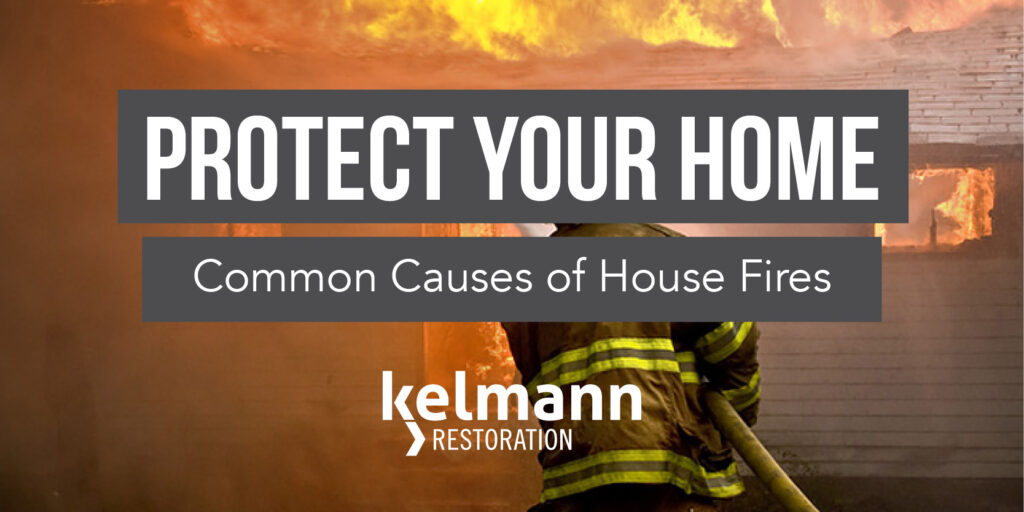Protect Your Home: Common Causes of House Fires in Winter

When it comes to property-ownership, winter brings its unique charms and challenges. We’re not just talking about extra time spent with extended family…we’re talking about house fires. Unfortunately, when you’re in our line of work, you’ve seen it all – and you might be surprised at some of the most common causes of house fires during the winter months. Keep reading for a few “head’s up!” moments and essential tips on how to protect your home and loved ones this holiday season and beyond.
Common Causes of House Fires in Winter
- Heating Equipment: Heating equipment (furnaces, fireplaces, wood stoves, and space heaters, and even dehumidifiers) are a leading cause of house fires during colder months. These fires can occur due to equipment malfunctions, improper use, or lack of maintenance.
- Cooking Fires: The holiday season often involves elaborate meals and lots of time baking, which can lead to an increased risk of kitchen fires. Grease fires, unattended cooking, and flammable decorations can all contribute to this danger.
- Candles: Candles create a cozy ambiance, but they can also pose a significant fire hazard. Accidental candle tip-overs, proximity to flammable items, or leaving candles unattended can lead to house fires.
- Electrical Issues: Faulty wiring, overloaded circuits, damaged electrical cords, and space heaters can spark electrical fires, especially in older homes or those without adequate electrical systems.
- Fireplace and Chimney Issues: Fireplaces provide warmth and comfort, but creosote buildup in chimneys and a lack of proper maintenance can lead to chimney fires. Sparks escaping from the fireplace can also ignite nearby combustibles. And don’t even get us started on what could happen to Santa…
How to Protect Your Home
- Heating Safety
- Have heating equipment professionally inspected and maintained before the cold season.
- Keep a minimum three-foot clearance around space heaters and other heating appliances.
- Never use an oven or stovetop for heating purposes.
- Kitchen Safety
- Never leave cooking unattended, especially when frying or broiling.
- Keep flammable materials, like dish towels and curtains, away from the stove.
- Install a smoke detector near the kitchen.
- Candle Safety
- Use battery-operated LED candles as a safer alternative.
- If you use traditional candles, place them in sturdy holders on a stable surface and never leave them unattended.
- Electrical Safety
- Replace damaged cords and outlets promptly.
- Avoid overloading circuits and extension cords.
- Consider upgrading your home’s electrical system if it’s outdated.
- Fireplace and Chimney Safety
- Have your chimney cleaned and inspected annually by a professional.
- Use a spark screen or glass doors to contain sparks and embers.
- Dispose of ashes in a metal container with a tight-fitting lid, stored away from the house.
- Smoke Alarms and Fire Extinguishers
- Install smoke alarms on every level of your home and test them monthly.
- Keep fire extinguishers in easily accessible locations and learn how to use them.
- Emergency Escape Plan
- Develop and practice a fire escape plan with your family, including a designated meeting point outside.
- Stay Informed
-
- Keep up to date with fire safety recommendations from experts like Kelmann, and national and local regulations.
Winer can definitely be the most wonderful time of year, but it also comes with specific fire hazards. By taking proactive steps to address these common causes of house fires, you can protect your home and loved ones during the colder months. Stay vigilant, practice fire safety, and remember that prevention is the key to a merry and safe winter season in your home.
